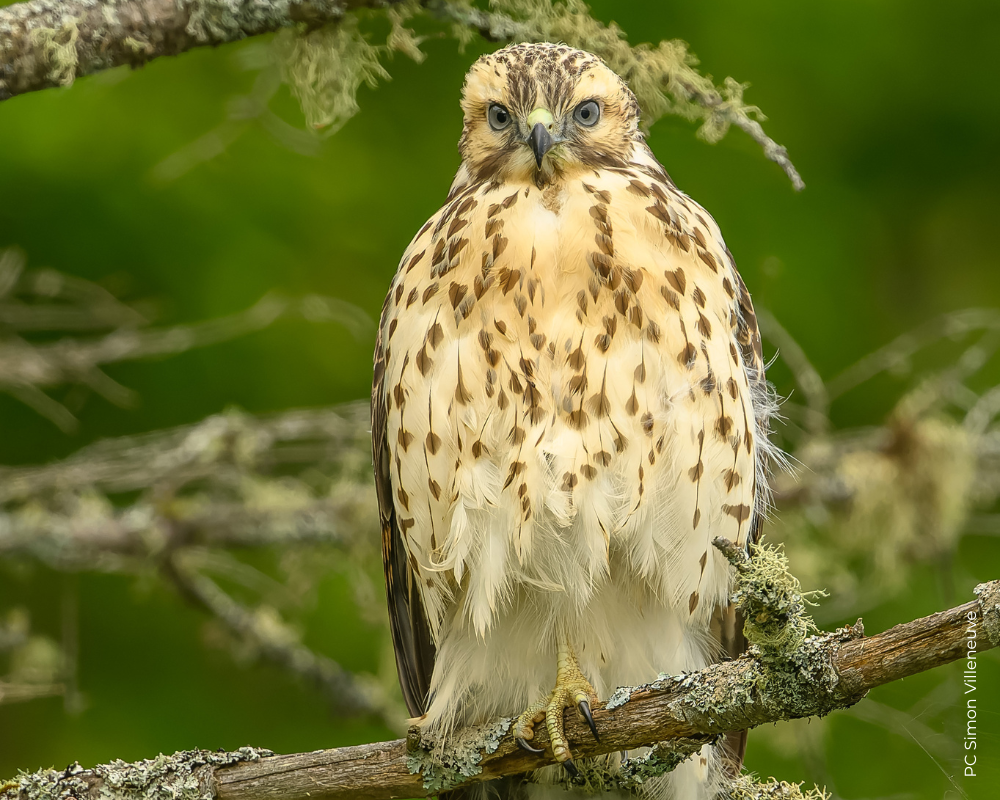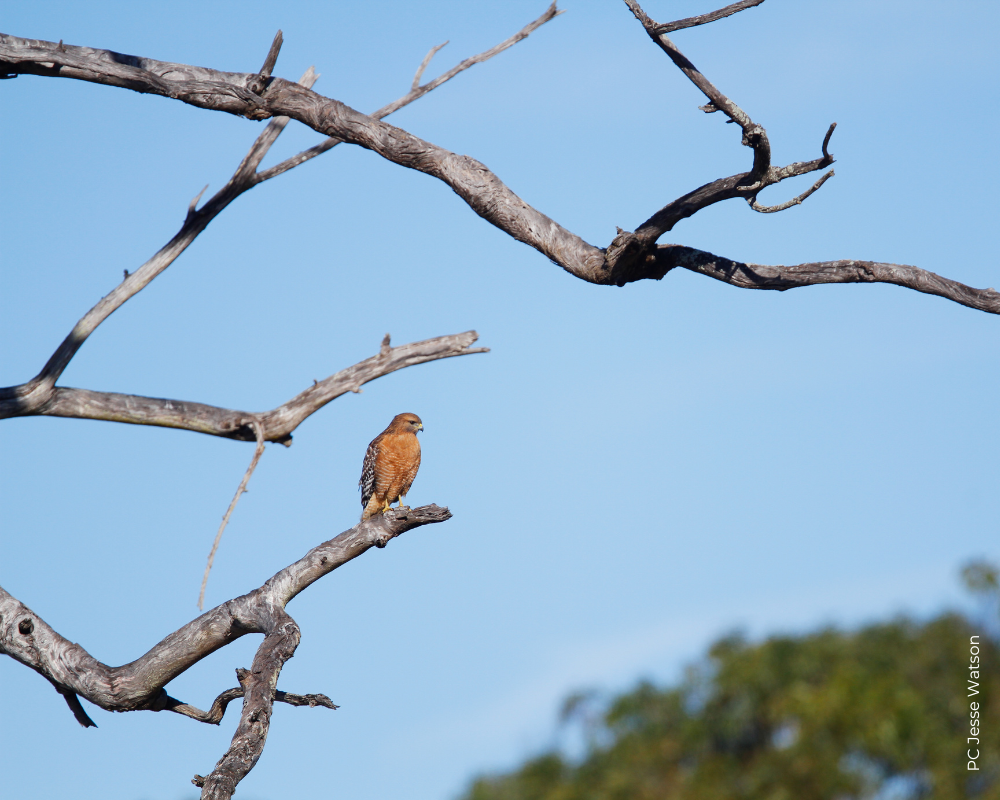Overview
Red-shouldered Hawk is a medium-sized buteo, smaller than Red-tailed Hawk but slightly larger than Broad-winged Hawk. In the East, they are found in riparian or swampy woodlands. In the West, they are found in oak woodlands, riparian areas, and suburban areas with large trees. Red-shouldered Hawks are shy and secretive in the East, but they are quite tame in the West and in Florida. The Red-shouldered Hawk is uncommon to fairly common as a breeder throughout the eastern part of its range but declining in certain areas. In the West, they are expanding north into Washington, when once only found in California and southern Oregon. There are four subspecies: Eastern (B. l. lineatus), California (B. l. elegans), Florida (B. l. alleni), and Texas (B. l. extimus), but plumage overlap exists between Eastern, Florida, and Texas, so not all individuals are identifiable to subspecies.
Eastern birds breed across the Midwest, New England, and into the Canadian border region. Northern populations are migratory, wintering mainly below the Canadian border and in the Southeast. Elsewhere the Red-shouldered Hawk is mainly resident. It is common in peninsular Florida and California. They often perch on pole tops and on roadside wires. They hunt primarily for amphibians, reptiles, mice, and some birds. Often noisy, Red-shouldered Hawks are frequently heard before being seen, especially on the breeding grounds. Their call is a loud, descending, slightly nasal, repeated “keeyar-keeyar-keeyar!” A softer “kak-kak-kak” is heard during breeding as well.




